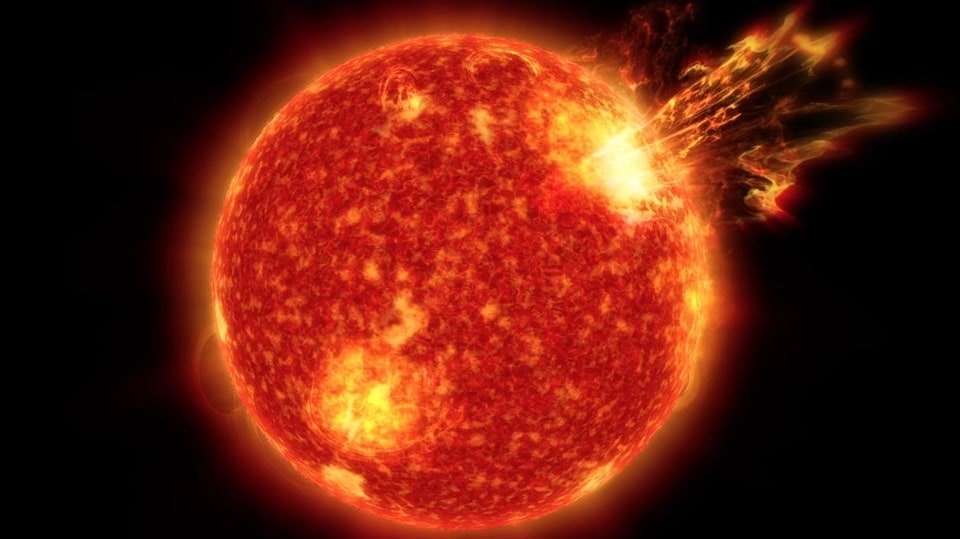Solar Flare explosion may cause Geomagnetic storms on Earth
A recent explosion on the Sun on July 31 has sent solar flares hurling towards Earth, according to a recent report by spaceweather.com. Parts of the explosion were recorded by several observatories on Earth. This explosion may cause Geomagnetic storms on Earth. Read on to find out more.

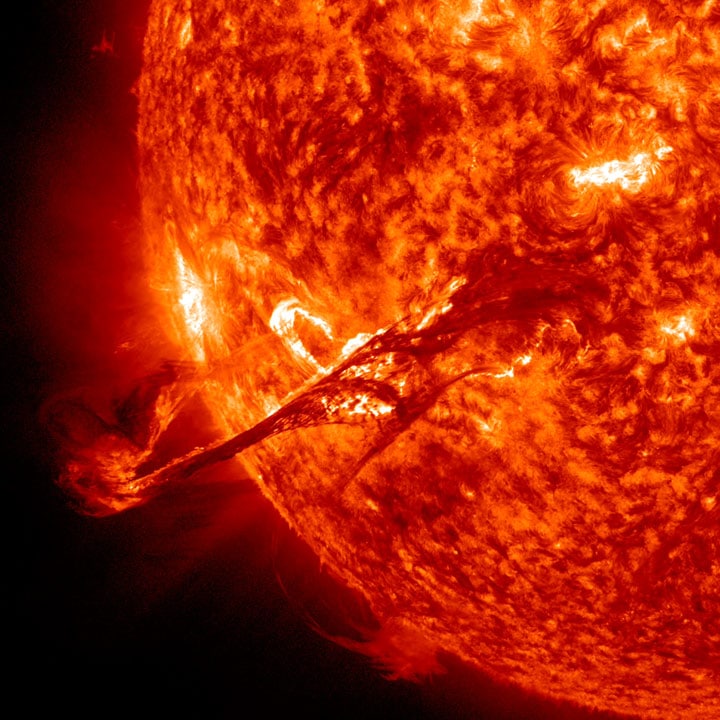


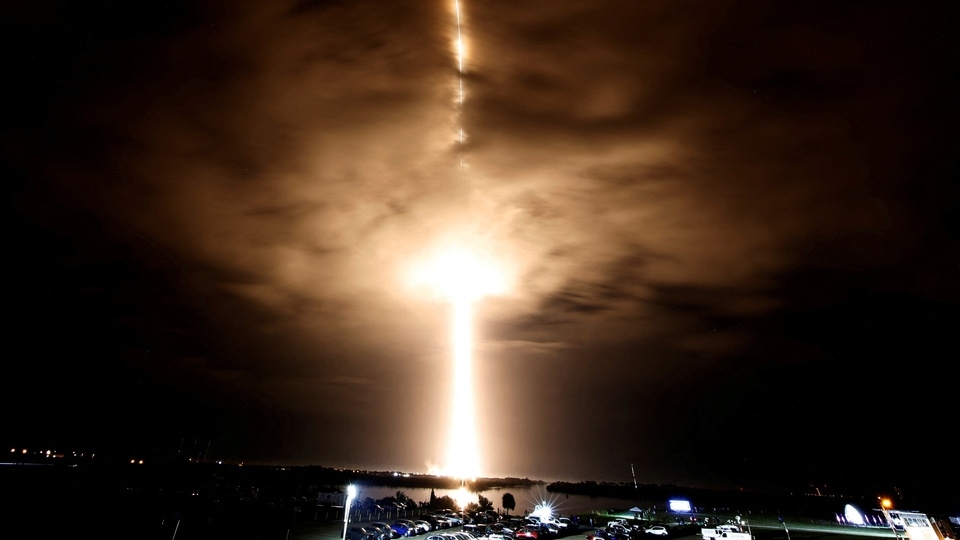
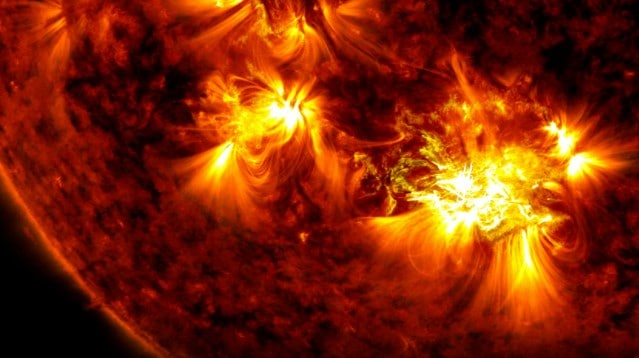

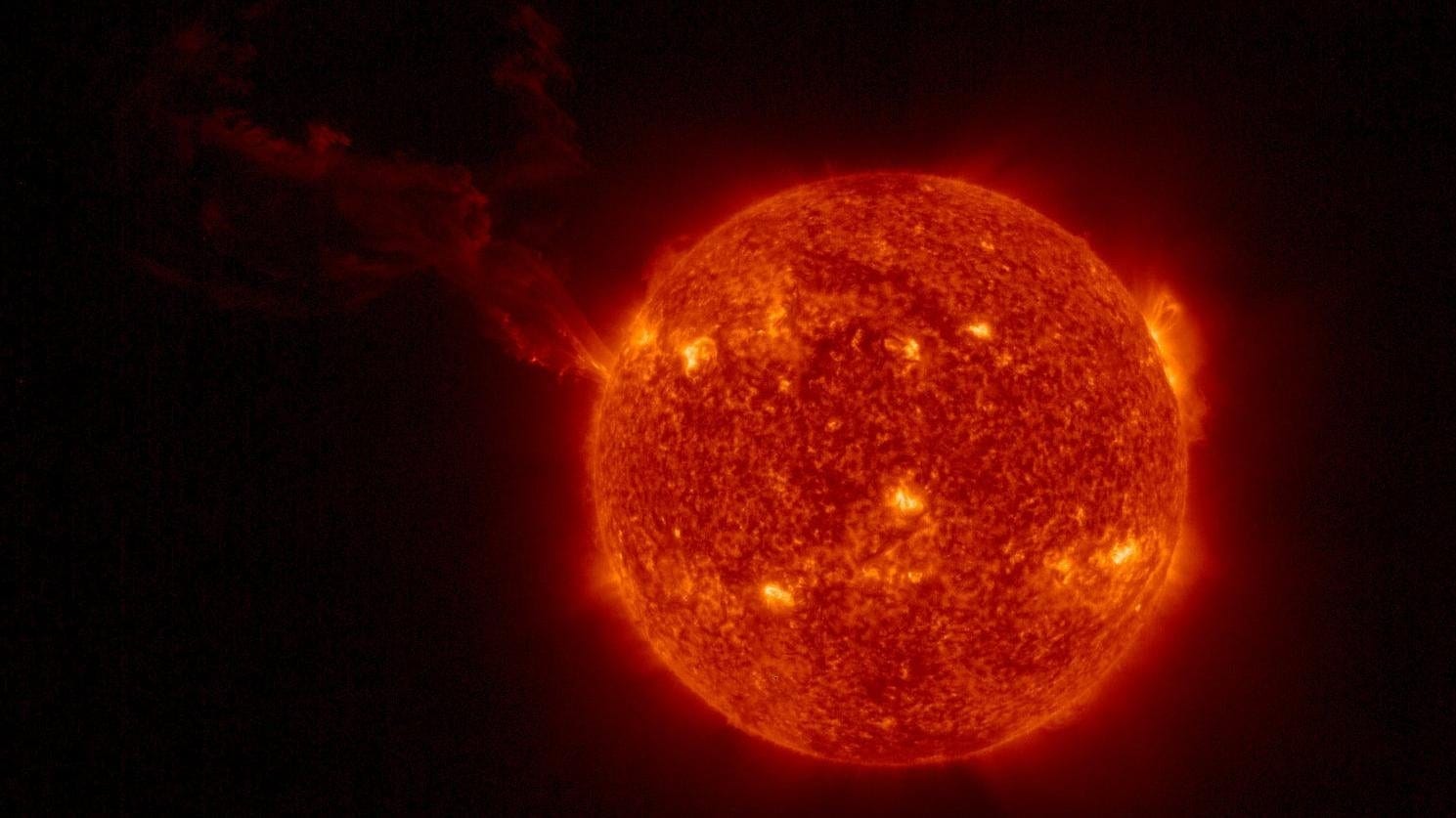

First Published Date: 02 Aug, 12:00 IST
NEXT ARTICLE BEGINS


